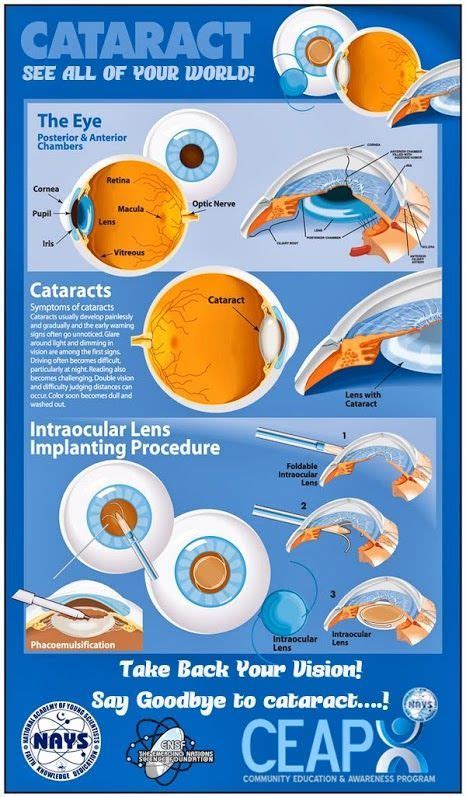How to Avoid Near Vision Problems After Cataract Surgery
Cataract surgery is a remarkably successful procedure, restoring clear vision to millions worldwide. However, many patients, after experiencing the joy of improved distance vision, find themselves struggling with near vision tasks like reading or using a computer. This isn't necessarily a complication of the surgery itself, but rather a consequence of the natural aging process and the way the surgery affects the eye's focusing ability. Understanding this beforehand can help you proactively manage your expectations and take steps to mitigate near vision problems.
What Happens to Near Vision After Cataract Surgery?
Before cataract surgery, many patients already experience some degree of presbyopia, a condition where the eye's lens loses its flexibility, making it harder to focus on near objects. During cataract surgery, the clouded natural lens is removed and replaced with an artificial intraocular lens (IOL). While IOLs dramatically improve distance vision, they don't always restore the eye's ability to accommodate – that is, to automatically change focus between near and far objects. The type of IOL implanted plays a significant role here.
What Types of IOLs are Available?
Several types of IOLs exist, each with different effects on near vision:
- Monofocal IOLs: These IOLs correct vision for either distance or near vision. If you choose a monofocal IOL for distance vision, you'll likely need reading glasses or other vision aids for near tasks.
- Multifocal IOLs: These IOLs have multiple focal points, allowing for improved vision at both near and far distances. However, they can sometimes result in halos or glare, especially at night.
- Accommodating IOLs: These IOLs attempt to mimic the natural focusing ability of the eye's lens, offering a wider range of vision. Their effectiveness varies among individuals.
The choice of IOL is a crucial discussion to have with your ophthalmologist. Your individual needs, lifestyle, and eye health will determine the best option for you.
How Can I Minimize Near Vision Problems After Cataract Surgery?
The key to avoiding significant near vision problems after cataract surgery lies in careful planning and realistic expectations:
1. Discuss IOL Options Thoroughly with Your Ophthalmologist
This is the most critical step. Your surgeon will assess your overall eye health, lifestyle, and visual needs to recommend the most appropriate IOL. Don't hesitate to ask detailed questions about each option's pros and cons, including potential side effects like glare or halos.
2. Consider Presbyopia-Correcting IOLs
If you value independence from reading glasses, discuss multifocal or accommodating IOLs with your doctor. However, be aware that these IOLs may not be suitable for everyone, and individual results can vary.
3. Be Prepared for the Possibility of Reading Glasses
Even with multifocal or accommodating IOLs, you might still need reading glasses for fine print or prolonged near work. This isn't a failure of the surgery; it's a common occurrence.
4. Explore Alternative Vision Correction Options
After surgery, you might consider other options to complement your vision, such as:
- Reading glasses: These are the most common and often the most convenient solution.
- Bifocals or progressive lenses: These glasses correct vision at multiple distances.
- Contact lenses: These can be an option for some individuals, offering a wider range of vision than glasses.
What are the potential side effects of multifocal IOLs?
Multifocal IOLs can offer excellent near and distance vision, but they're not without potential drawbacks. Some patients experience glare, halos, or reduced contrast sensitivity, particularly at night. These side effects aren't experienced by everyone, but it's vital to be aware of them before making a decision.
Is it possible to get laser vision correction after cataract surgery?
In certain cases, laser vision correction procedures like LASIK might be considered after cataract surgery to fine-tune vision and correct any residual refractive errors. However, this isn't always necessary or appropriate, and it's crucial to discuss this possibility with your ophthalmologist.
Conclusion
While cataract surgery greatly improves distance vision, managing near vision afterward often requires proactive planning. Open communication with your ophthalmologist, realistic expectations, and a willingness to explore different vision correction options are key to minimizing near vision problems and enjoying optimal vision after surgery. Remember, your ophthalmologist is your best resource for personalized advice and guidance.

